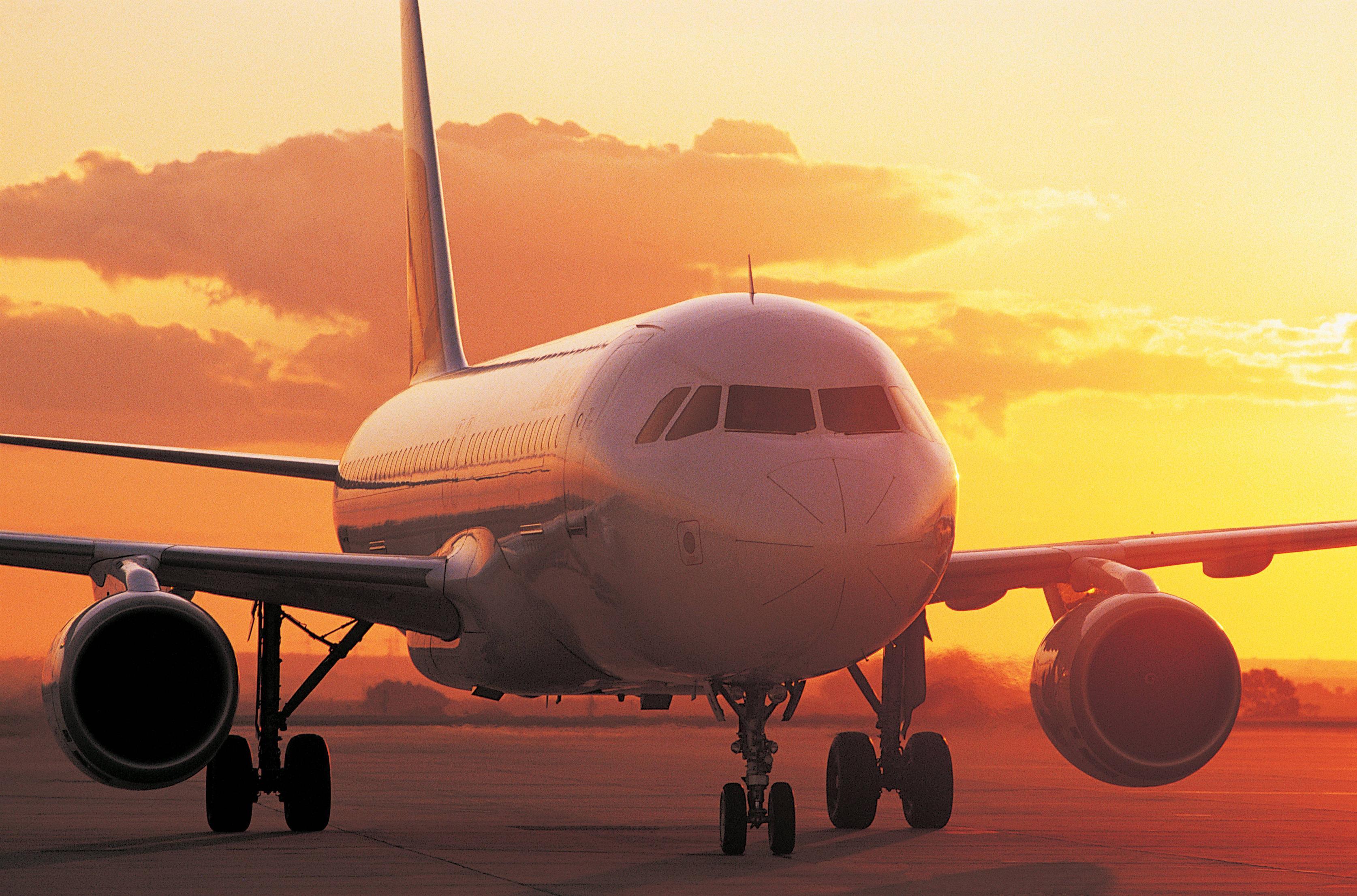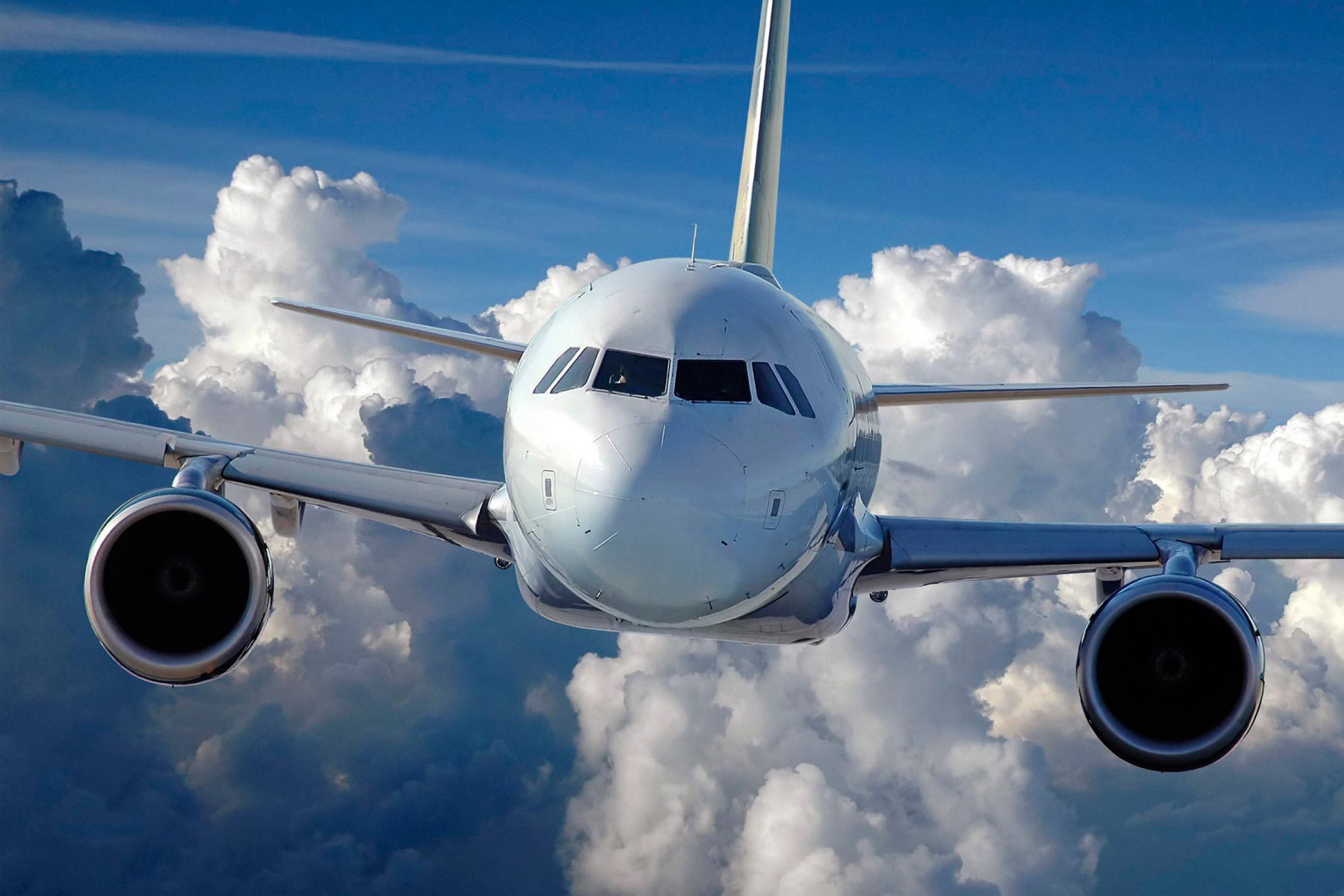A Closer Look: The Recent Plane Crash Near Honolulu Airport
The skies over Honolulu, typically a picture of calm, recently saw a truly heartbreaking event unfold. It’s a moment that, you know, really makes you pause and think about how quickly things can change. This past Tuesday, an incident involving a small aircraft near the Daniel K. Inouye International Airport in Honolulu left many people feeling, well, quite shaken. The news, as it came out, described a scene that was, in a way, very sudden and very tragic for those involved and their loved ones.
For folks living in and around the beautiful island of Oahu, or those who just happened to be following the news, the details of this plane crash near Honolulu Airport quickly became a topic of serious discussion. It’s the kind of thing that, you know, captures everyone’s attention, especially when it involves something as dramatic as an aircraft incident. People naturally want to understand what happened, who was affected, and what steps are being taken to figure things out.
This article aims to provide a clear picture of what occurred, drawing directly from the information that has been shared by officials and those close to the situation. We’ll cover the basic facts, the immediate response, and the ongoing efforts to piece together the events of that fateful Tuesday afternoon. It’s, arguably, important to get the facts straight and understand the full scope of what transpired.
Table of Contents
- The Incident Unfolds: What Happened Near Honolulu Airport
- Emergency Response and Initial Findings
- The Aircraft and Its Purpose: A Training Flight
- The Investigation Begins: NTSB on the Scene
- Frequently Asked Questions About the Honolulu Plane Crash
The Incident Unfolds: What Happened Near Honolulu Airport
On a Tuesday afternoon, just a little after 3 p.m., a small aircraft encountered serious trouble. This event, you know, led to a plane crash near Honolulu Airport, specifically impacting a building. The Honolulu Fire Department, or HFD as they are often called, quickly shared in a news release that their teams, along with other authorities, were on the scene very, very quickly. It was a situation that, apparently, called for an immediate and robust response from emergency services.
The impact itself was quite significant. The plane, it seems, crashed directly into a building located very close to the Daniel K. Inouye International Airport. This wasn't just any building; sources indicate it was an abandoned structure. The force of the crash, tragically, unleashed flames, which added another layer of urgency to the situation for the responders. It’s a scenario that, quite frankly, no one ever wants to see.
Tragically, this incident resulted in the loss of life. Two individuals were on board the aircraft at the time it crashed. Both people, it was later confirmed, did not survive the impact. While officials had not, at the time, publicly identified them, sources close to the families involved later shared more details. This loss, you know, casts a very somber shadow over the entire event, reminding everyone of the human cost of such incidents.
The aircraft involved was identified as a Kamaka Air Cessna 208 Caravan. This type of plane is, you know, commonly used for cargo flights and training, which aligns with what was later learned about the flight's purpose. It was, in fact, a training flight that was underway when the crash occurred. The location of the crash, on Aolele Street, was very close to the airport's perimeter, making the response relatively quick, but the outcome, sadly, remained tragic.
The scene itself was, by all accounts, one of intense activity. Fire crews worked to control the flames that erupted following the crash, and other emergency personnel secured the area. The Hawaii Department of Transportation, or DOT, quickly became involved, with officials like Ed Sniffen providing initial updates. It was a situation that, you know, required a lot of coordination between different agencies, all working together to manage the immediate aftermath.
The fact that it was a training flight, in some respects, adds a particular dimension to the incident. Training flights are, typically, designed to enhance pilot skills and ensure readiness for various flight conditions. For an incident like this to happen during such a flight is, quite frankly, a rare and deeply unfortunate occurrence. It’s a detail that, you know, will certainly be a focus for investigators trying to understand the full sequence of events leading up to the crash.
Emergency Response and Initial Findings
The moment authorities received the call about a plane crash near Honolulu Airport, the response was, you know, immediate and well-coordinated. The Honolulu Fire Department, as mentioned earlier, was among the first on the scene, arriving just after 3 p.m. Their priority, initially, was to address the fire that had broken out after the aircraft struck the building. This kind of rapid action is, arguably, what helps contain a dangerous situation and prevent further harm.
Firefighters worked to put out the flames, which were quite intense given the nature of the crash. The building, being abandoned, thankfully meant there were no occupants inside at the time of impact, which could have, you know, made an already terrible situation even worse. The focus then shifted to securing the crash site and beginning the initial assessment of the scene. It's a very systematic approach that emergency services tend to follow in these kinds of incidents.
Officials from the Hawaii Department of Transportation, including Ed Sniffen, were also quickly on site. Their role involves, among other things, overseeing the state's transportation infrastructure, including airports. They were able to confirm early on that two people aboard the Kamaka Airlines flight had died. This confirmation, you know, brought a somber reality to the unfolding events, as the initial reports became concrete facts.
The immediate area around the crash site, which was near the Daniel K. Inouye International Airport, was, understandably, secured. This helps to protect the integrity of the scene for investigators and ensures public safety. The cooperation between the fire department, local law enforcement, and transportation officials was, in a way, seamless, allowing for a swift and organized response to a very challenging situation. It’s how these things are, basically, handled when something unexpected happens.
Initial findings quickly pointed to the fact that it was a small cargo plane. The details emerging suggested it was on a training flight. This particular piece of information, you know, became a key part of the narrative surrounding the incident. The fact that it was a training exercise implies a certain set of procedures and conditions that investigators would later examine very, very closely. It’s a detail that, in some respects, shapes the entire investigative process.
The scene, as it was described, was one of devastation, with the aircraft having crashed into a vacant building. The burst of flames upon impact was a critical detail shared by authorities. This information helps to paint a picture of the immediate aftermath and the challenges faced by the first responders. It’s a stark reminder of the forces at play in an aircraft incident, and why, you know, safety protocols are so incredibly important in aviation.
The Aircraft and Its Purpose: A Training Flight
The aircraft involved in this tragic plane crash near Honolulu Airport was identified as a Kamaka Air Cessna 208 Caravan. This particular model, you know, is quite well-known in the aviation community for its versatility. It's a single-engine turboprop, often used for transporting cargo, but also, as in this case, for training purposes. Its design allows it to operate from shorter runways and handle various conditions, which makes it a practical choice for regional operations.
Kamaka Air, the operator of the aircraft, is a local cargo airline. They, you know, typically transport goods between the Hawaiian islands. For their pilots, regular training flights are a standard part of maintaining their skills and ensuring they are proficient in handling the aircraft under different scenarios. This flight on Tuesday afternoon was, in fact, one such training exercise, designed to keep the pilots sharp and ready for their regular duties.
The purpose of a training flight is, generally, to practice maneuvers, emergency procedures, and overall flight management in a controlled environment. Pilots might, for instance, practice takeoffs and landings, simulated engine failures, or navigation techniques. It's a crucial part of aviation safety, ensuring that those at the controls are always at their best. So, to have an incident occur during such a flight is, quite frankly, very unusual and deeply concerning.
Both individuals on board were pilots. This means they were, you know, trained professionals, likely experienced in flying this type of aircraft. The fact that two pilots were killed when the small plane crashed into the abandoned building near Daniel K. Inouye International Airport highlights the inherent risks, even during routine training. It's a sobering thought that, you know, even the most skilled individuals can face unforeseen challenges in the air.
The Kamaka Air Cessna 208 Caravan is, in a way, a workhorse for many regional carriers. Its reliability and capacity make it a common sight at smaller airports and for cargo operations. The specifics of what led to this particular aircraft crashing, especially during a training session, will be a central point of the investigation. It's what, you know, everyone involved will want to understand, down to the smallest detail, to prevent anything similar from happening again.
Understanding the nature of the flight, that it was a training exercise, helps to frame the context of the incident. It wasn't a commercial passenger flight, but rather an operational activity meant to enhance safety and proficiency. This distinction, you know, is important for the public to grasp, as it helps to focus the narrative on the specific circumstances of the event. It’s a reminder that aviation, while incredibly safe, still carries inherent risks that are, you know, constantly being managed and mitigated.
The Investigation Begins: NTSB on the Scene
Following any aviation incident, especially one as serious as a plane crash near Honolulu Airport, a thorough investigation is, you know, absolutely critical. The National Transportation Safety Board, or NTSB, is the primary agency responsible for investigating civil aviation accidents in the United States. They quickly announced their involvement in this particular incident, signaling the start of a detailed inquiry.
The NTSB newsroom, as a matter of fact, confirmed that they were investigating Tuesday’s crash of a Cessna 208 airplane in Honolulu, Hawaii. They typically send a team of investigators to the scene to gather evidence. In this instance, three NTSB investigators were dispatched to begin their work. Their presence on site is, arguably, the first major step in piecing together what happened, from the moments leading up to the crash to the immediate aftermath.
These investigators have a very specific and methodical approach. They will examine everything from the wreckage itself to air traffic control communications, maintenance records, and the pilots' training and medical histories. Every single detail, no matter how small, could be, you know, a piece of the puzzle. Their goal is not to assign blame, but rather to determine the probable cause of the accident and issue safety recommendations to prevent similar events in the future. It’s a very comprehensive process.
The fact that the plane crashed into an abandoned building on Aolele Street, near the Daniel K. Inouye International Airport, provides a physical location for their investigation. They will analyze the impact site, the debris field, and any structural damage to the building. This physical evidence, you know, can tell them a great deal about the angle of impact, the speed, and other critical factors. It’s a painstaking process that can take a considerable amount of time.
The NTSB’s work is, in some respects, a testament to the commitment to aviation safety. By thoroughly investigating each incident, they contribute to a broader understanding of how aircraft operate and where improvements can be made. This process, you know, helps to ensure that air travel remains one of the safest forms of transportation. You can learn more about aviation safety measures on our site, and link to this page understanding air incidents for further reading.
For those following the story, updates from the NTSB will be crucial. Their findings will eventually provide the definitive account of what caused this tragic plane crash near Honolulu Airport. While it may take months for a final report to be issued, preliminary information often becomes available as the investigation progresses. It’s a waiting game, but a necessary one, to get the full picture and learn from this very unfortunate event. You can often find official updates on their website, for instance, at the National Transportation Safety Board (NTSB) news page.
Frequently Asked Questions About the Honolulu Plane Crash
When an event like a plane crash near Honolulu Airport happens, people naturally have a lot of questions. Here are some common inquiries folks have asked about this particular incident, with answers based on the information that has been made public.
How many people died in the Honolulu plane crash?
Tragically, two people lost their lives in this incident. Both individuals were, you know, on board the small aircraft when it crashed. Authorities, including the Hawaii Department of Transportation, confirmed these two deaths shortly after the event occurred. It was, arguably, a very sad outcome for everyone involved.
What kind of plane crashed near Honolulu Airport?
The aircraft involved was a Kamaka Air Cessna 208 Caravan. This is, basically, a small cargo plane. It was, in fact, on a training flight at the time of the crash. This particular model is, you know, widely used for regional cargo operations and pilot training, so it's a familiar sight in many places.
Where exactly did the plane crash near Honolulu Airport?
The plane crashed into an abandoned building located very close to the Daniel K. Inouye International Airport in Honolulu. Specifically, the crash site was on Aolele Street. This location, you know, is right on the border of the airport property, which allowed emergency responders to get there very, very quickly after the incident.

Wallpapers Of Aeroplanes - Wallpaper Cave

Plane Wallpapers Images Photos Pictures Backgrounds

Why Is "Airplane" Also Spelled “Aeroplane"? | Reader's Digest